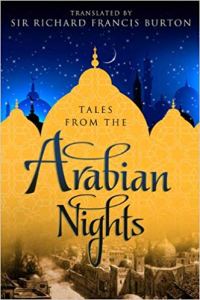Title: Brave New World
Author: Aldous Huxley
Genre: Classic/Dystopian
Trigger Warnings: Suicide, racism, sexual content, drug use, drug abuse, death of parent, self-harm, physical abuse (mentions), fatphobia/body shaming
Back Cover:
Brave New World is a dystopian novel written in 1931 by English author Aldous Huxley, and published in 1932. Largely set in a futuristic World State of genetically modified citizens and an intelligence-based social hierarchy, the novel anticipates huge scientific developments in reproductive technology, sleep-learning, psychological manipulation, and classical conditioning that are combined to make a utopian society that goes challenged only by a single outsider.
Review:
I was not entirely sure what to think about this book after finishing it. Despite Aldous Huxley only being 37 when he wrote it, it has a very strong “old man fears societal change and scientific advancement” vibe. I had hoped there was a #disrupttexts discussion about it so I could get some other perspectives, but I can’t find one. So I’m left to interpret it on my own. This review may get long.
In the World State, babies are no longer born out of human wombs. Instead, they are grown in test tubes, selected and genetically manipulated from even before the moment a sperm hits an egg in a fertilization tank, and conditioned until age twelve, all in the interest of producing a strictly class-stratified society where each person is genetically manipulated and mentally conditioned to not only accept but love their lot in life. Alphas are the prettiest, tallest, smartest, and one-of-a-kind, and lowly Gammas and Epsilons are conditioned to hate knowledge and beauty and are only one of up to ninety-six genetically identicial people. Excessive consumption is practically law, leisure is mainly sports that require lots of expensive equipment, free sex without commitment is the relationship model, and if you start having negative thoughts, the drug soma will make you feel good again.
In the beginning, the book bounces through a bunch of different characters in the effort of illustrating how the world works. It eventually settles on Bernard Marx as something of a main character. Bernard is very much a misfit in his world – he is much shorter than people of his class (Alpha, the highest) are supposed to be, and he likes solitude and monogamy and doesn’t like sports or soma, all of which are considered practically pathological in World State society. But he does desperately want to be accepted and be considered normal.
So when John shows up about halfway through the book, it almost immediately pivots to him as the main character. John is the natural-born son of a woman from the World State who got lost and trapped on a “Savage Reservation.” John was born and grew up there, a world where people age, babies come from wombs, honor and suffering are important parts of life, and consumption isn’t an option. He is the outsider that challenges the societal norms of the World State because he finds a challenge-free life of uninspired contentment and free sex without romance completely intolerable.
John is portrayed as the “noble savage” (despite being 100% white), the only person in the whole of society who prefers a life with challenge to a life without, who understands that heterosexual monogamous marriage is the only correct sexual arragement, who knows and follows the traditions of past great men, who finds the honor in devotion to religion and its rituals, and who accepts unhappiness as part of the human condition. Bernard likes solitude and doesn’t like drugs, but it’s implies that he doesn’t go far enough. Tradition is better than progress, the book seems to say. Natural things are better than whatever science can come up with, loose women will destory male-female interaction altogether, old works are better than new, letting scientific discoveries and societal advancement keep us from being unhappy is actually a very bad thing. Practically the only thing I agree with this book about is that strictly stratified societies consigning people to a particular caste even before their birth and giving no opportunity for individual choice are a bad thing.
This is a very complex book, and I know there’s more to be said about it than what I’m saying here. There’s definitely some notes to be made about race, gender, queerness, and religion that I just don’t have room for since this review is already so long. I would love to see the people at #disrupttexts put out something on Brave New World with an English teacher’s analysis on what this book is trying to say. Despite my mostly-negative-but-still-technically-mixed feelings on the morals here, it actually is an interesting dystopian world.


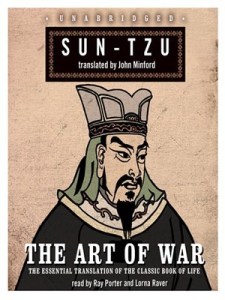



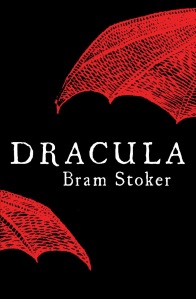
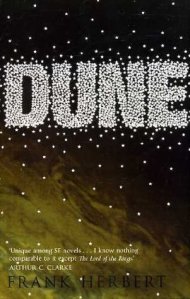
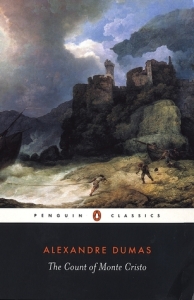 Title: The Count of Monte Cristo
Title: The Count of Monte Cristo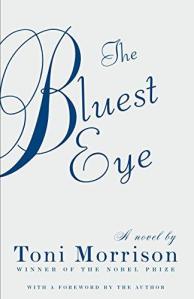 Title: The Bluest Eye
Title: The Bluest Eye